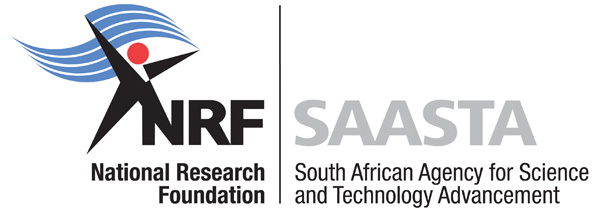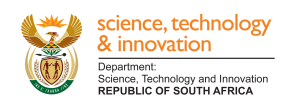Food security in the face of climate change : Anya Eilers
Insurance is a terrifying business. To this day, I get a sinking feeling every time I get an email from my insurance company. Words like premium, coverage and excess still seem so foreign, and always lead to the same realisation that I would much rather be googling funny cat videos than trying to understand these complexities.
Why then do so many South Africans give a monthly contribution to an insurance company, where they often do not get anything in return? The answer is risk: the risk of falling ill, the risk of becoming disabled, or the risk of losing an entire wheat crop in a drought. We want someone else to take a portion of our risk. In that way, when a ‘rainy day’ does come and our hospital bills are piling up, we know that someone else will help us cover these costs.
So what does insurance have to do with food security or climate change?
Let’s look at Ethiopia. For most people, Ethiopia is synonymous with one of the greatest famines of the 20th century. However, great strides have been made securing food production for Africa’s second most populous country. In a country where 80% of the population is involved in agriculture, as mainly smallholder or subsistence farmers, Ethiopia once again sits on a dangerous precipice. Climate change and its consequent extreme weather events is one of the greatest threats that could draw Ethiopia back into a nation-wide famine.
The reality is a simple but harsh one. Climate change is not going anywhere, and we need to find more creative techniques to adapt to the world’s changing conditions. In the case of Ethiopia, supporting smallholder farmers is a national priority and a way to secure food production. Smallholder farmers are the most vulnerable population group, and a bad drought and subsequent crop loss has far reaching consequences.
This is where insurance comes into the picture. Or rather, micro-insurance. Micro-insurance is designed specifically for large population groups who would otherwise not be able to afford traditional insurance. With crop micro-insurance, weather data is used to track changing weather conditions and pinpoint where crop failure has occurred, which will then result in the farmer receiving money, known as a payout. He can then replant his crop. Using weather data means that the operating costs are much less, making the market much more accessible to those who typically can’t afford it.
While this may sound good, the problem remains that crop micro-insurance is still barely practised on a commercial scale. The main problem is that most farmers are not able to pay their premiums (another complicated terms that essentially means the amount that the farmer would pay to the insurance company). At the Global Green Growth Institute, we have been working with the Ethiopian government, insurance companies and smallholder farmers to figure out what size premium they can pay, and then find funding to subsidise the shortfall. Over time, as the farmer becomes more climate resilient and can invest in better technologies, the subsidy can be reduced until he is paying the commercial rate.
Micro-insurance could have revolutionary impacts not only in Ethiopia, but also much closer to home. South Africa still has 4 million smallholder farmers using 13% of the total agricultural land, and many of them are uninsured. The Cape Town drought has shown us that we are not immune to climate change, and our farmers and food security are also at risk.
South Africa has a very low up-take rate for crop micro-insurance, even though it has one of the most advanced policies and strategies in this regard in Africa. In fact, studies show that crop insurance among smallholder farmers in South Africa is almost non-existent; a vastly different scenario from its neighbouring countries. Unlike other developing countries, South Africa does NOT subsidise micro-insurance. Like Ethiopia, unlocking micro-insurance on scale could be the key to ensuring South Africa’s climate resilience and food security.
About the author
Anya is a young water professional with a Master’s degree in hydrogeology from Stellenbosch University. She has worked in a range of different sectors in the water space, and believes that a strong scientific understanding of water resources is becoming increasingly important for Africa’s fight against climate change. She has recently returned to her home city of Cape Town to take up the role of a hydrologist at Aurecon. Prior to this, she worked in Addis Ababa for two years as an associate at the Global Green Growth Institute, where she managed water and climate change related projects with the government of Ethiopia. She still plans to pursue another master’s degree in environmental economics, as she believes that tackling climate change and promoting sustainable economic growth must go hand in hand. However, in the meantime she is happy to be home and is excited to become involved once again with the South African Young Water Professionals and other platforms that promote inter-disciplinary collaboration in the sciences.


 The South Africa Agency for Science and Technology Advancement (SAASTA) is a business unit of the
The South Africa Agency for Science and Technology Advancement (SAASTA) is a business unit of the 